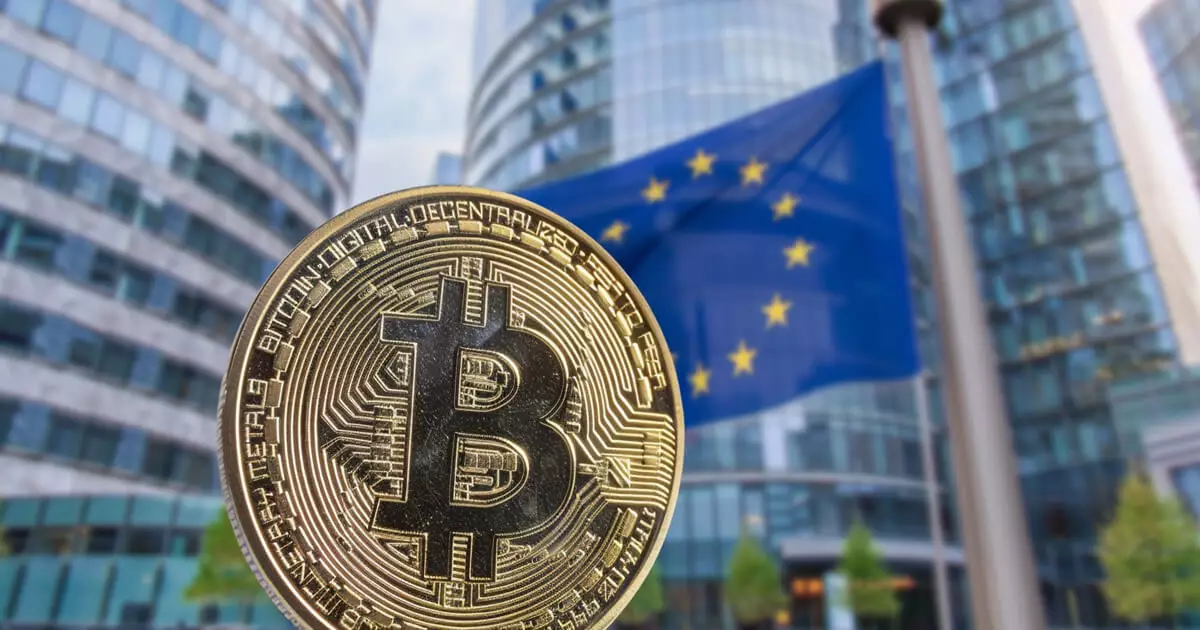The landscape of digital finance is constantly evolving, presenting new challenges and opportunities for regulators worldwide. The emergence of crypto assets has brought about a need for proactive frameworks to ensure consumer protection and financial stability. One of the key players in this space is the European Union, which has introduced the Markets in Crypto-Assets regulation (MiCAR) to address the growing crypto asset ecosystem. However, as the industry continues to expand, regulators are facing the complexities introduced by non-custodial crypto asset service providers, particularly those operating in decentralized finance (DeFi).
Non-custodial crypto asset service providers play a significant role in the crypto finance ecosystem, managing billions of dollars in locked value. These entities offer a range of services related to crypto assets without actually taking custody of the assets themselves. While MiCAR aims to introduce a harmonized framework for crypto asset services, its current definitions and provisions do not cover non-custodial service providers. This oversight creates a critical gap in the EU regulatory framework, as it allows these entities to operate without adhering to Anti-Money Laundering (AML) laws or sanctions, posing significant risks for investors and consumers.
The Need for Additional Regulation
The rise of non-custodial service providers highlights the innovative spirit of digital finance but also underscores the gaps in current regulatory frameworks. The European Union must address these shortcomings to ensure consumer protection and financial stability. The debate around whether non-custodial providers should be subject to AML laws is ongoing, with organizations like the Financial Action Task Force (FATF) recognizing the risks associated with DeFi. The exclusion of these entities from the MiCAR framework leaves room for illicit activities and financial crime, urging the need for updated regulations.
While MiCAR is a foundational piece of the EU’s strategy for crypto asset regulation, it primarily focuses on custodial providers and traditional financial models, neglecting a significant portion of the crypto asset ecosystem. This emphasizes the need for a more comprehensive and forward-looking regulatory framework like MiCAR 2, which encompasses non-custodial service providers and addresses the evolving landscape of digital finance. International collaboration and harmonization of standards are crucial in effectively managing the risks associated with crypto assets on a global scale.
The regulation of crypto assets is a global endeavor that requires regulators to adapt to the rapidly changing industry. While the EU is taking steps towards addressing the challenges posed by non-custodial service providers, there is still a long way to go. It is only a matter of time before additional AML and risk management requirements are imposed on platforms offering services like staking to ensure consumer protection. The evolution of regulations in the crypto asset space reflects a cautious approach to market evolution, prioritizing understanding and collaboration over immediate comprehensive regulation.
The regulatory landscape in the crypto asset space is constantly evolving to keep pace with the industry’s growth and innovation. Regulators must continue to adapt and update frameworks to mitigate risks and protect investors and consumers. International collaboration will be key in establishing harmonized standards that effectively regulate the digital finance sector and ensure its long-term sustainability.















